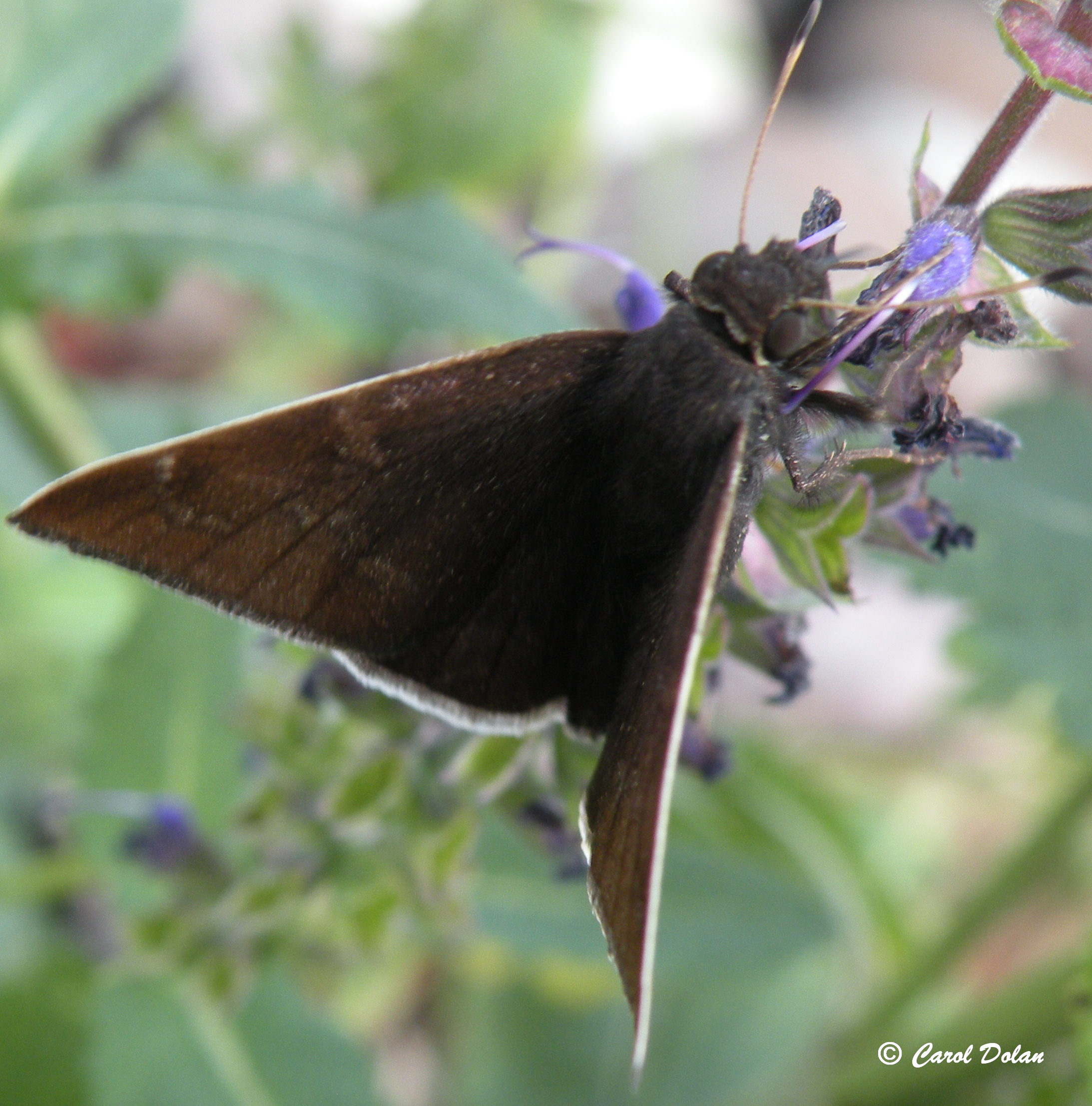

Natural History: The larvae of the Northern Cloudy Wing have been reported to feed on a variety of legumes, including Clover (Trifolium sp.), Bush Clover (Lespedeza sp.), and Tick Trefoils (Desmodium sp.). It occurs in a variety of dry, open habitats, including prairies and old-fields. They prey on small mammals, domestic pets, livestock, and domestic fowl but will also readily eat carrion and plants. Males possess a costal fold.ĭistribution and habitat: This species is relatively frequent in the southern two-thirds of the state. It differs by having narrow, oblong forewing white spots, darker wing fringes, and having hollow (rather than solid) dark-brown hindwing bands. bathyllus, this species is dark brown with white spots on the forewing above and has darker brown bands on the hindwing below.

The bulk of individuals have been collected from the last few days of May through the first week of July.ĭistinguishing features: Like T.

Moth & Butterfly Statistics for my Databaseįlight time: Essentially univoltine, with adults flying from early May to mid August. White-edged Cloudywing Coyote Cloudywing Jalapus Cloudywing Drusius Cloudywing Potrillo Skipper Elegant Flat Fritzgaertners Flat Falcate Skipper Acacia Skipper Tropical Duskywing Black-patched Skipper Starred Skipper Variegated/Crab’s Claw Skipper Mexican Tufted-skipper Ephora Skipper Godma Tufted-Skipper Purplish Tufted-Skipper Cryptic.


 0 kommentar(er)
0 kommentar(er)
